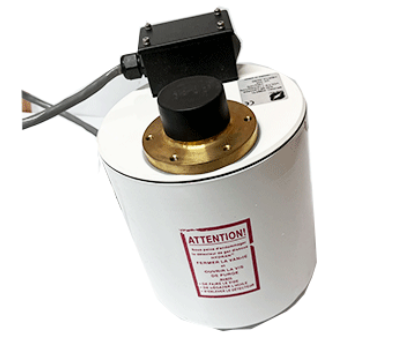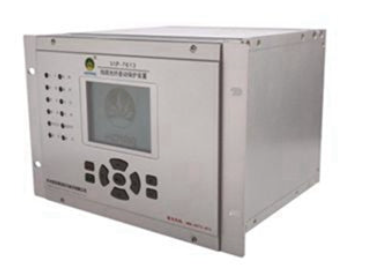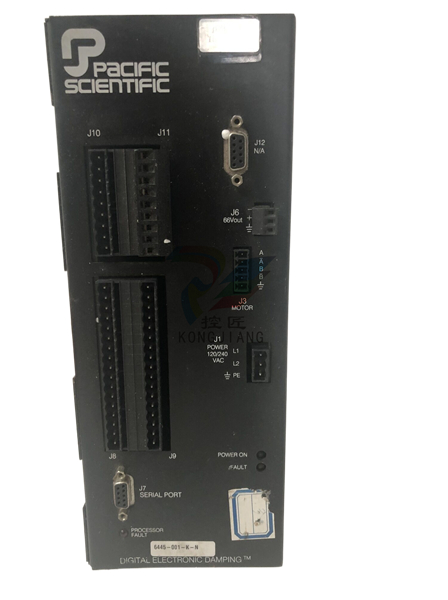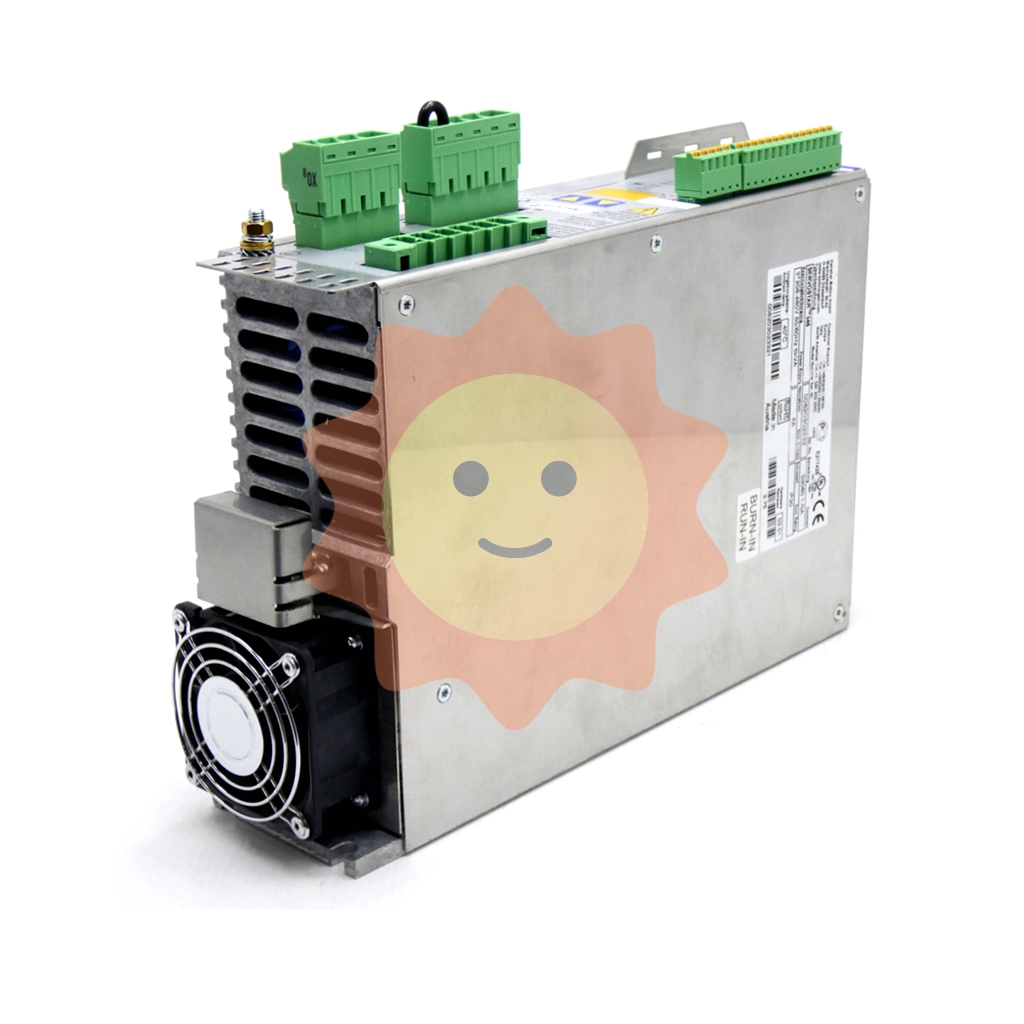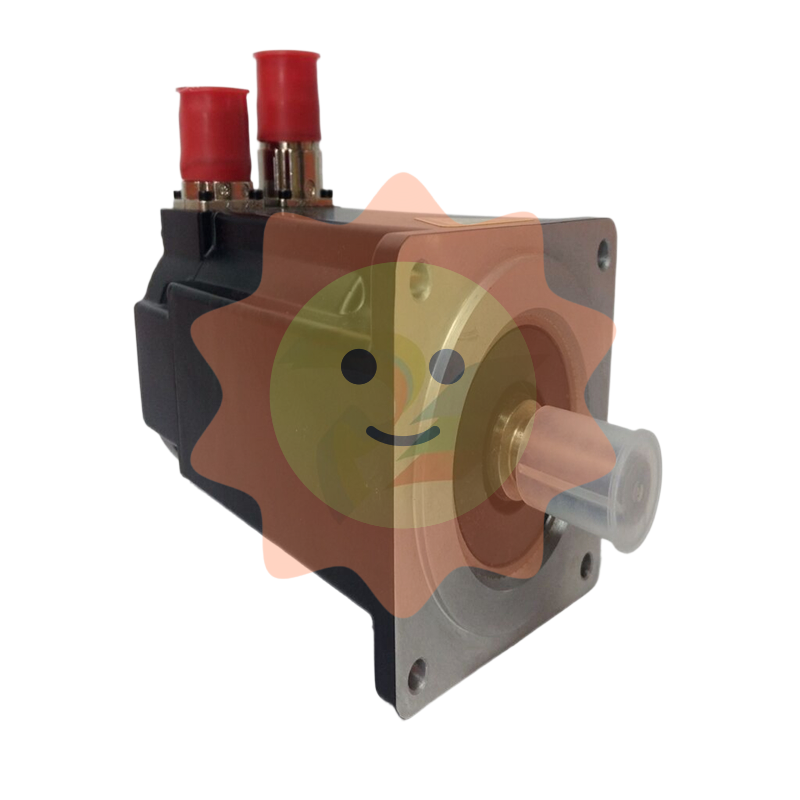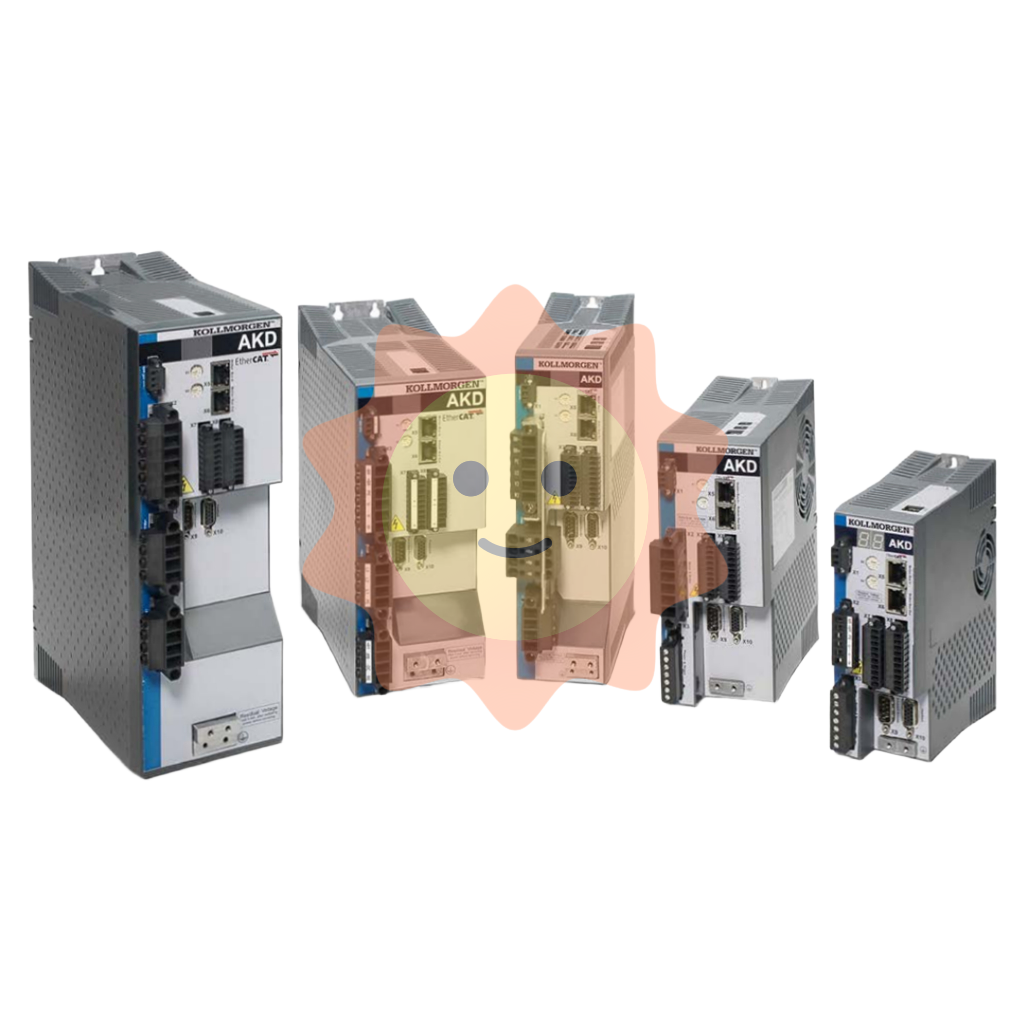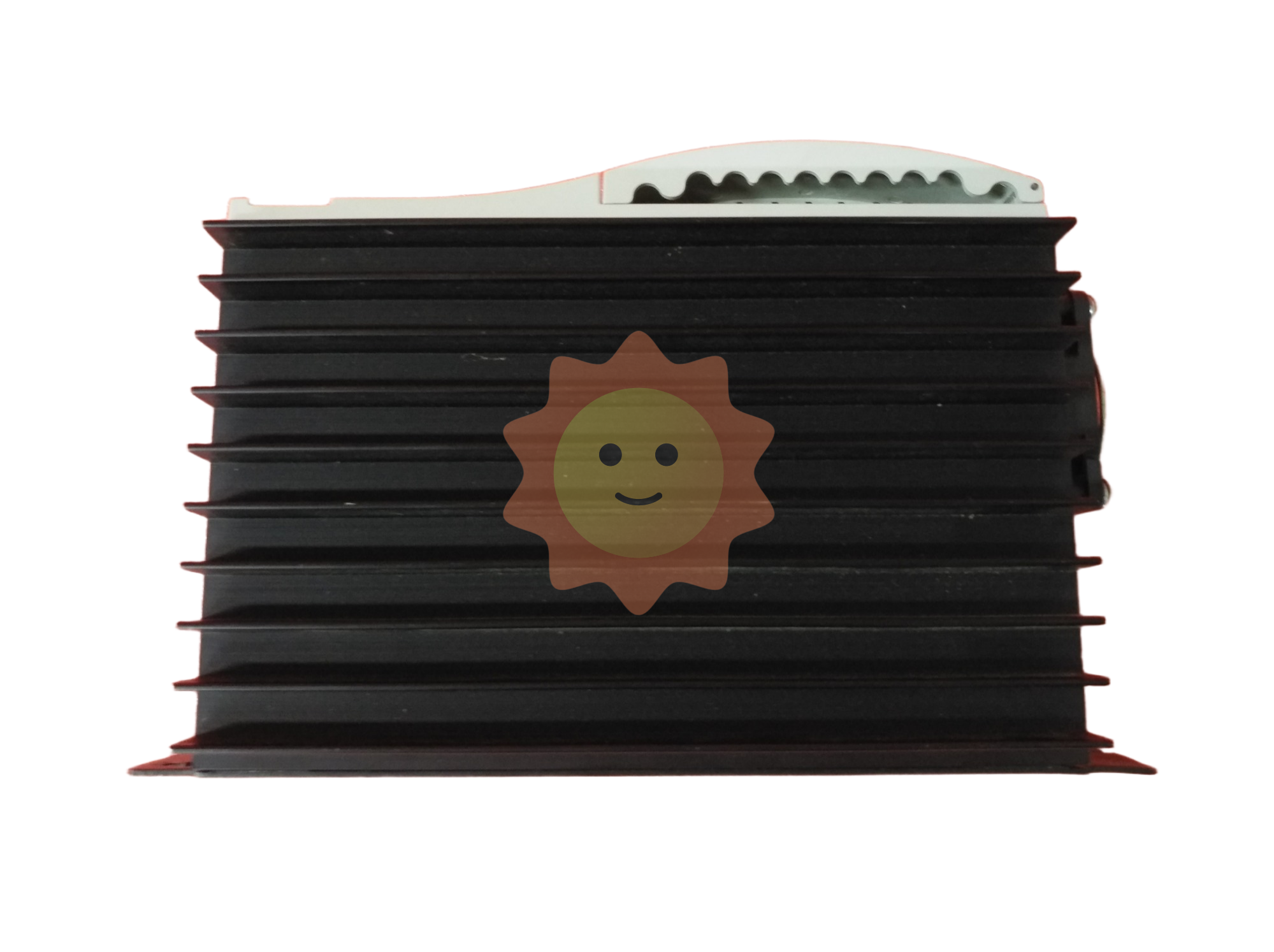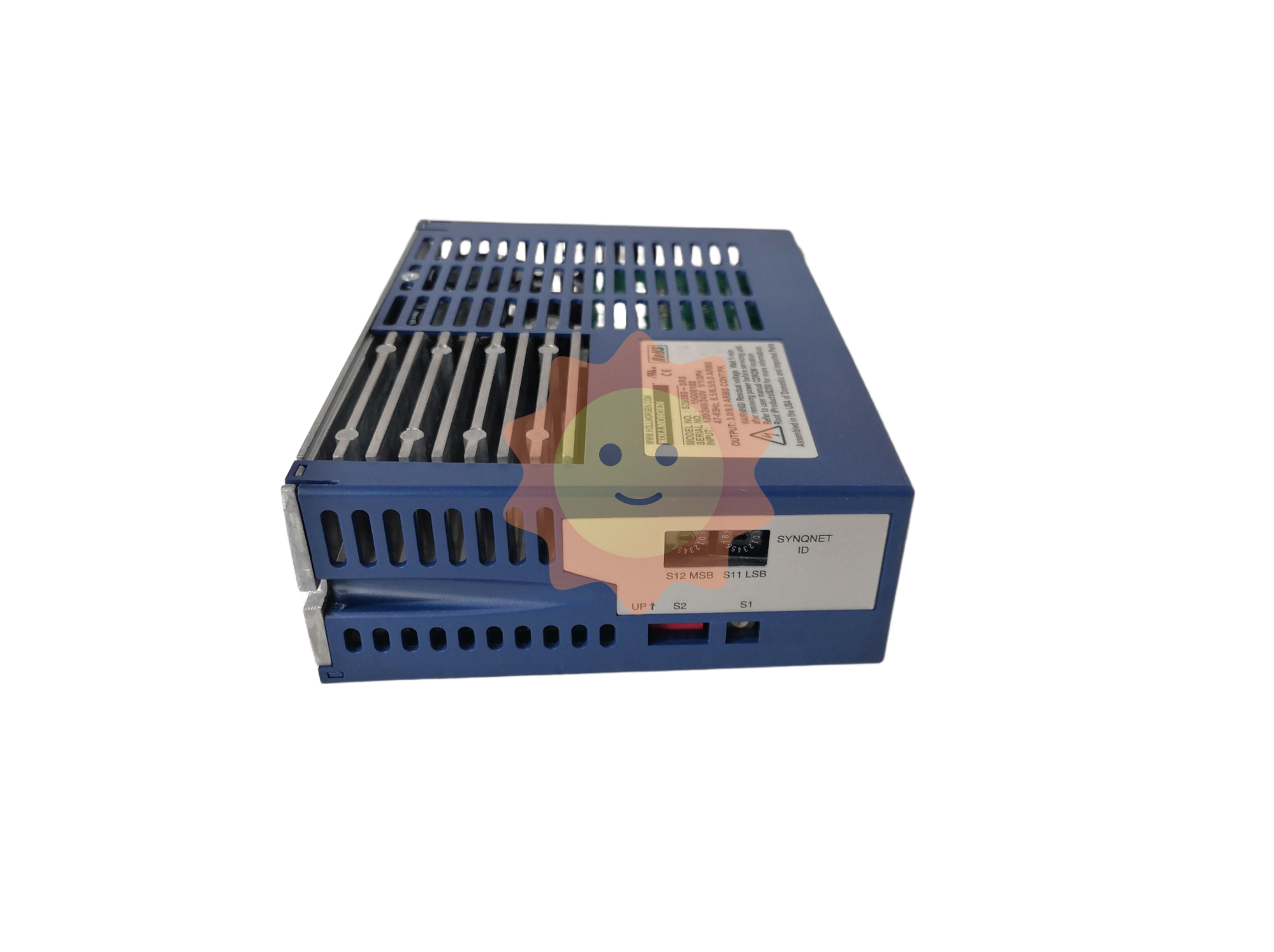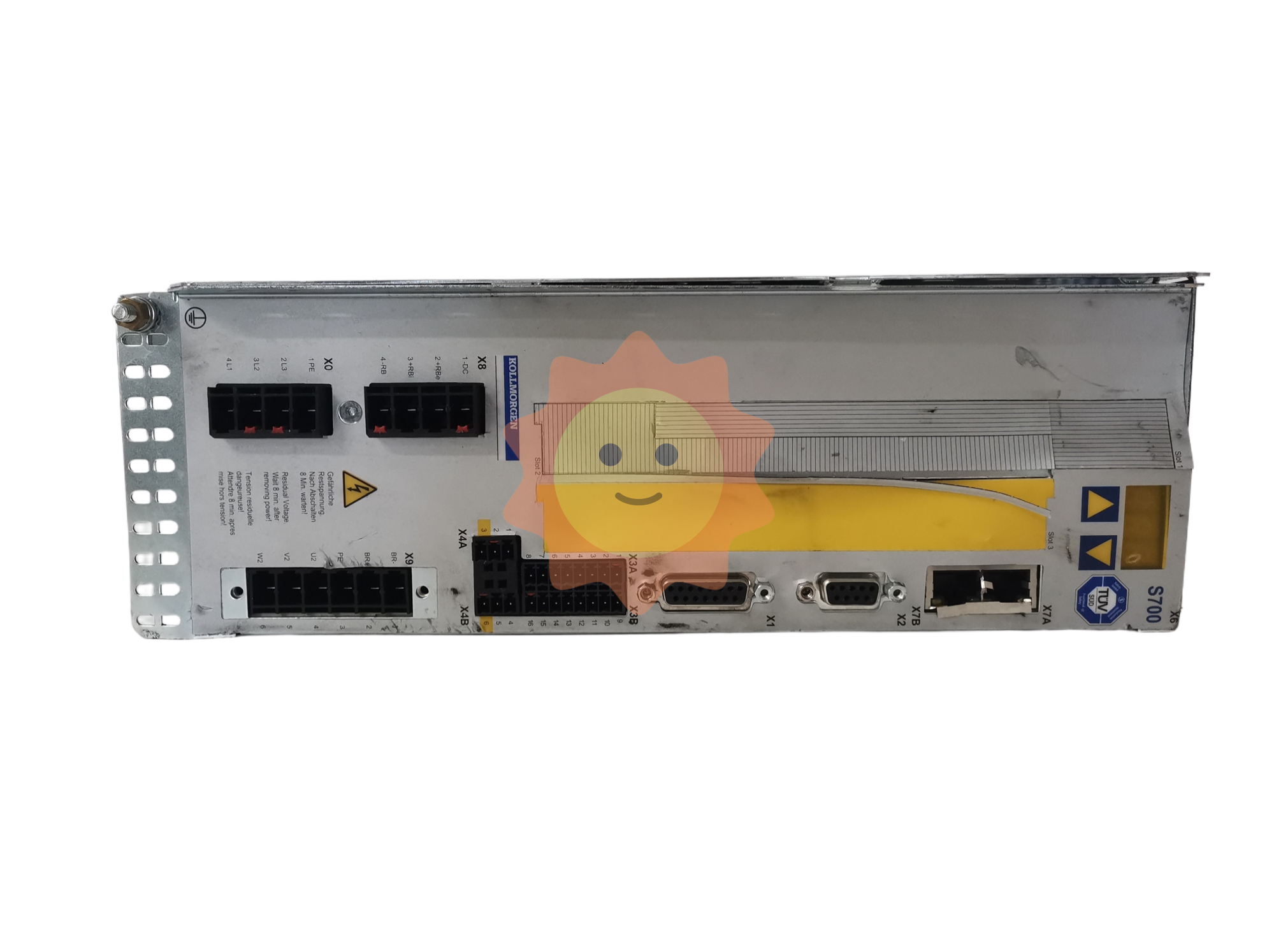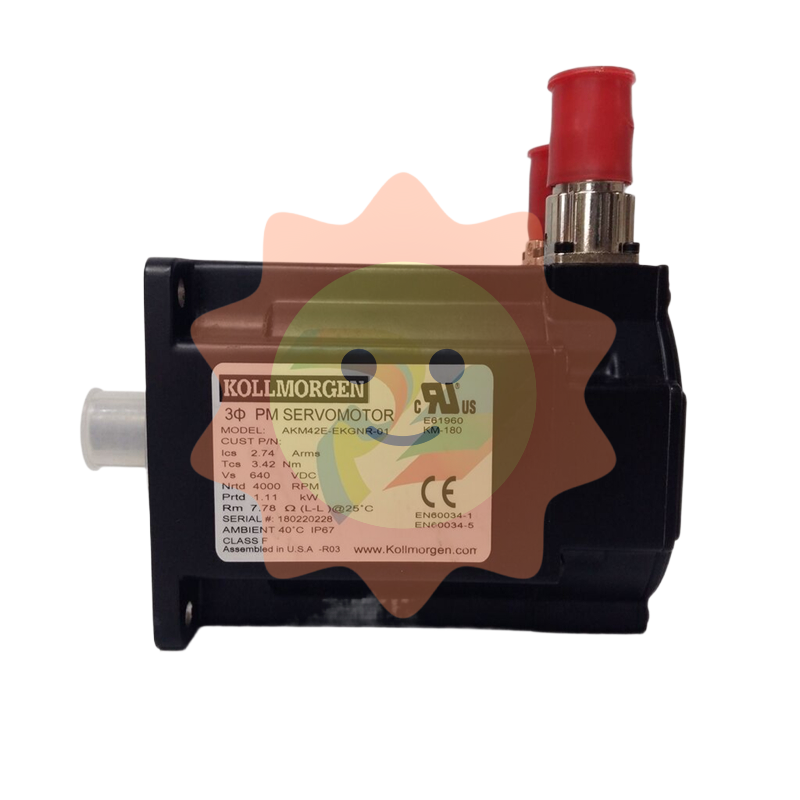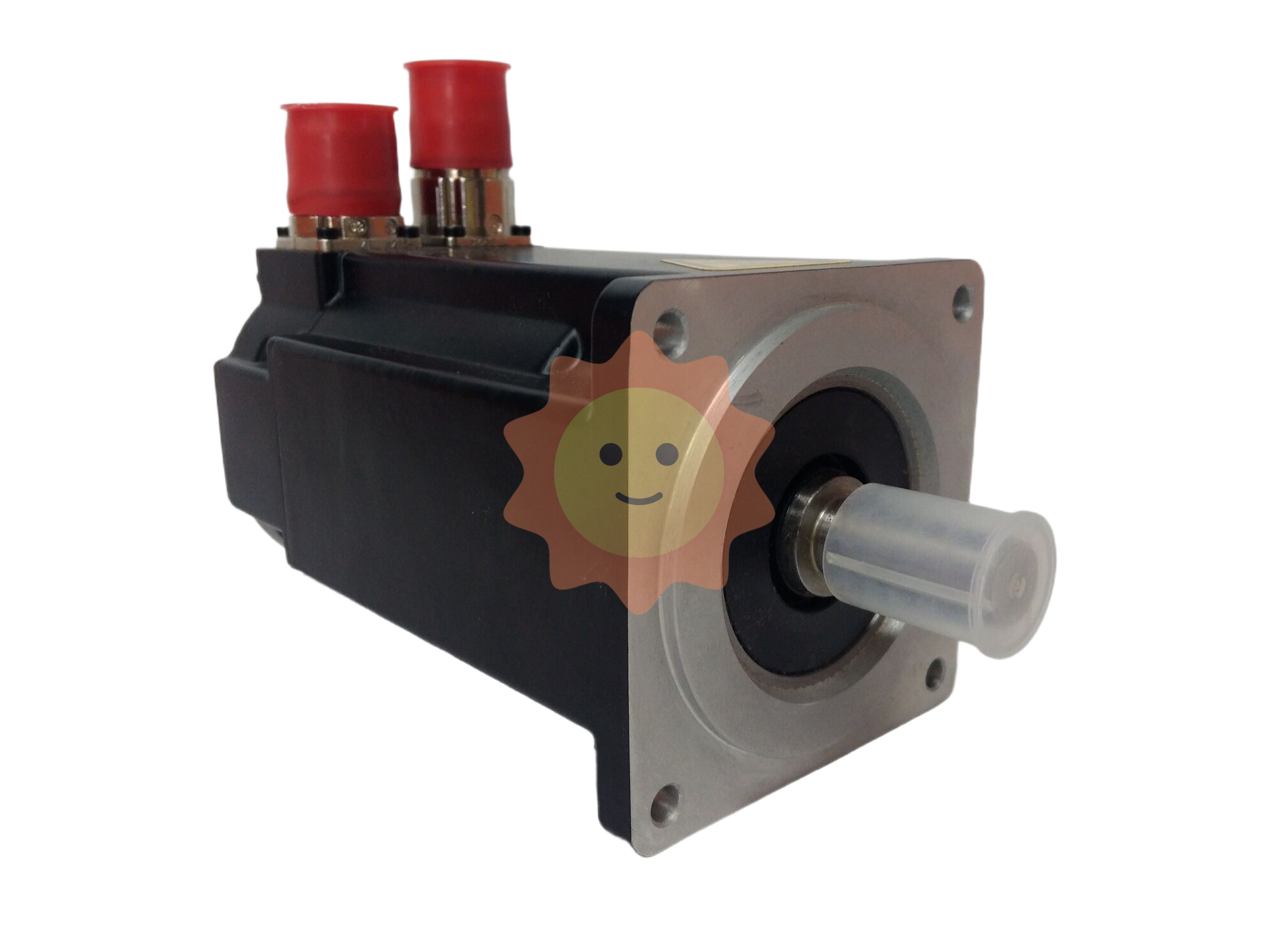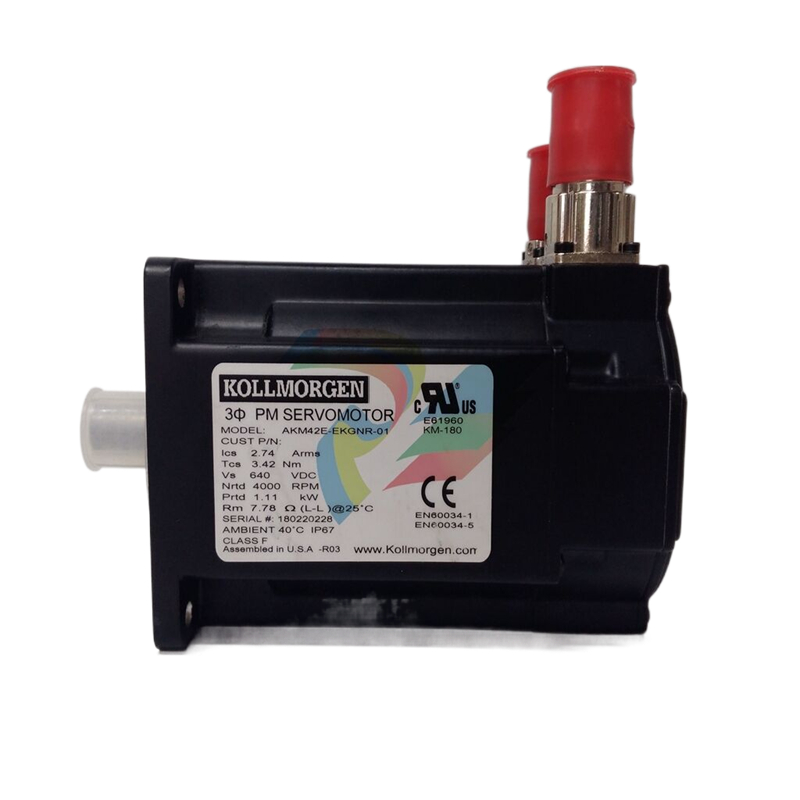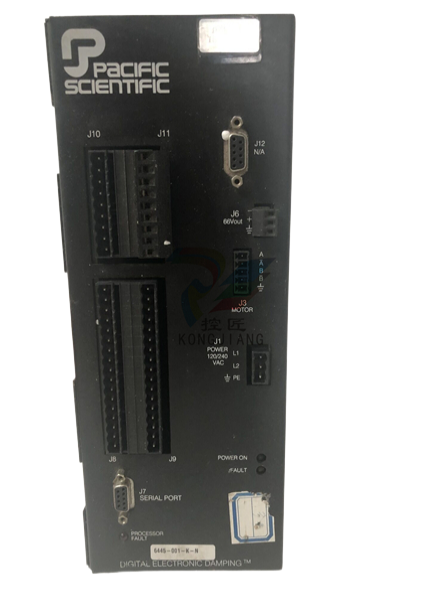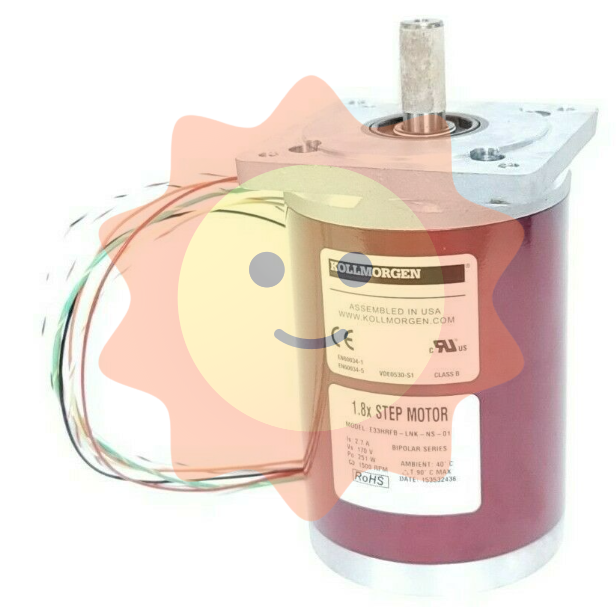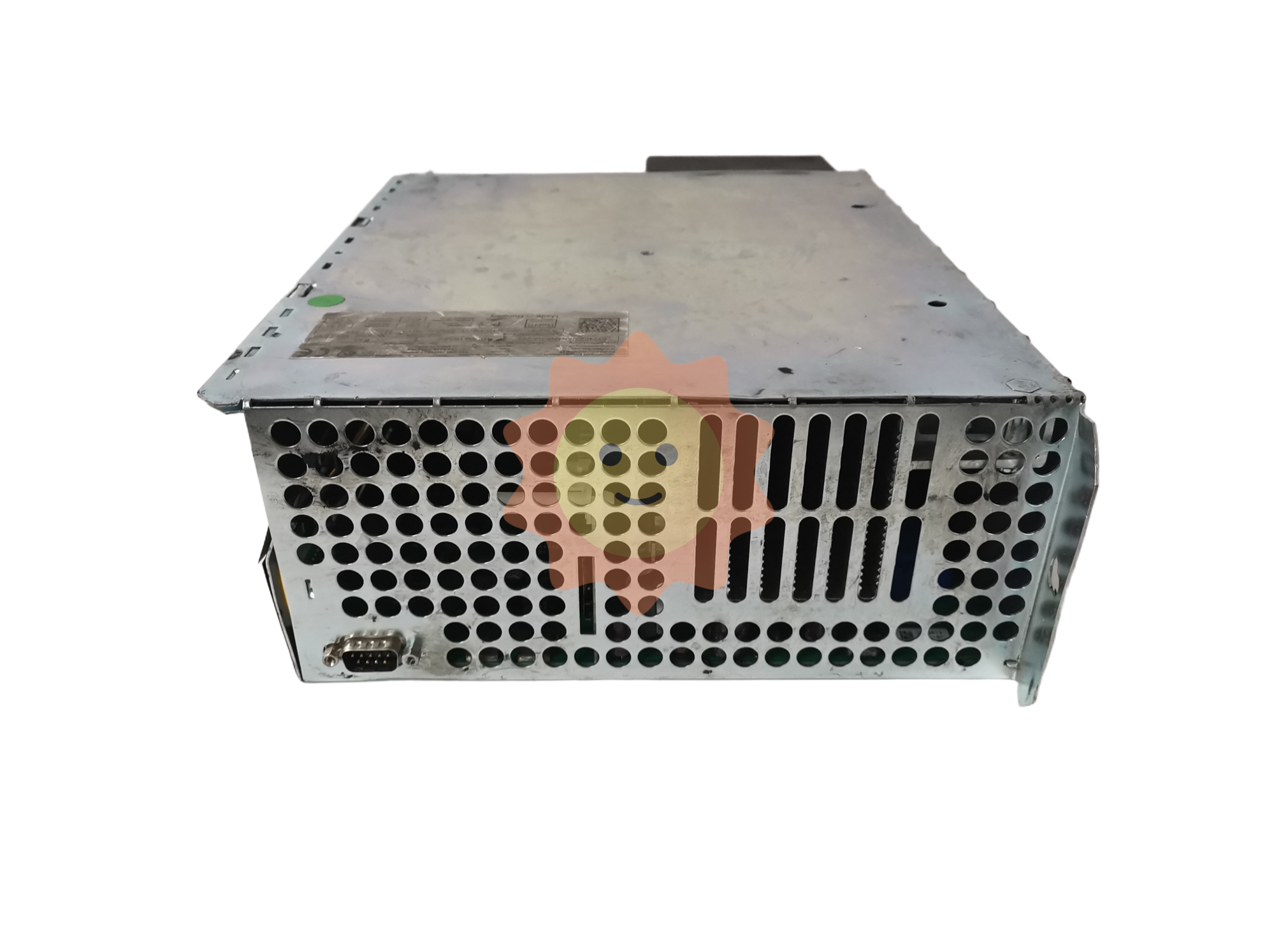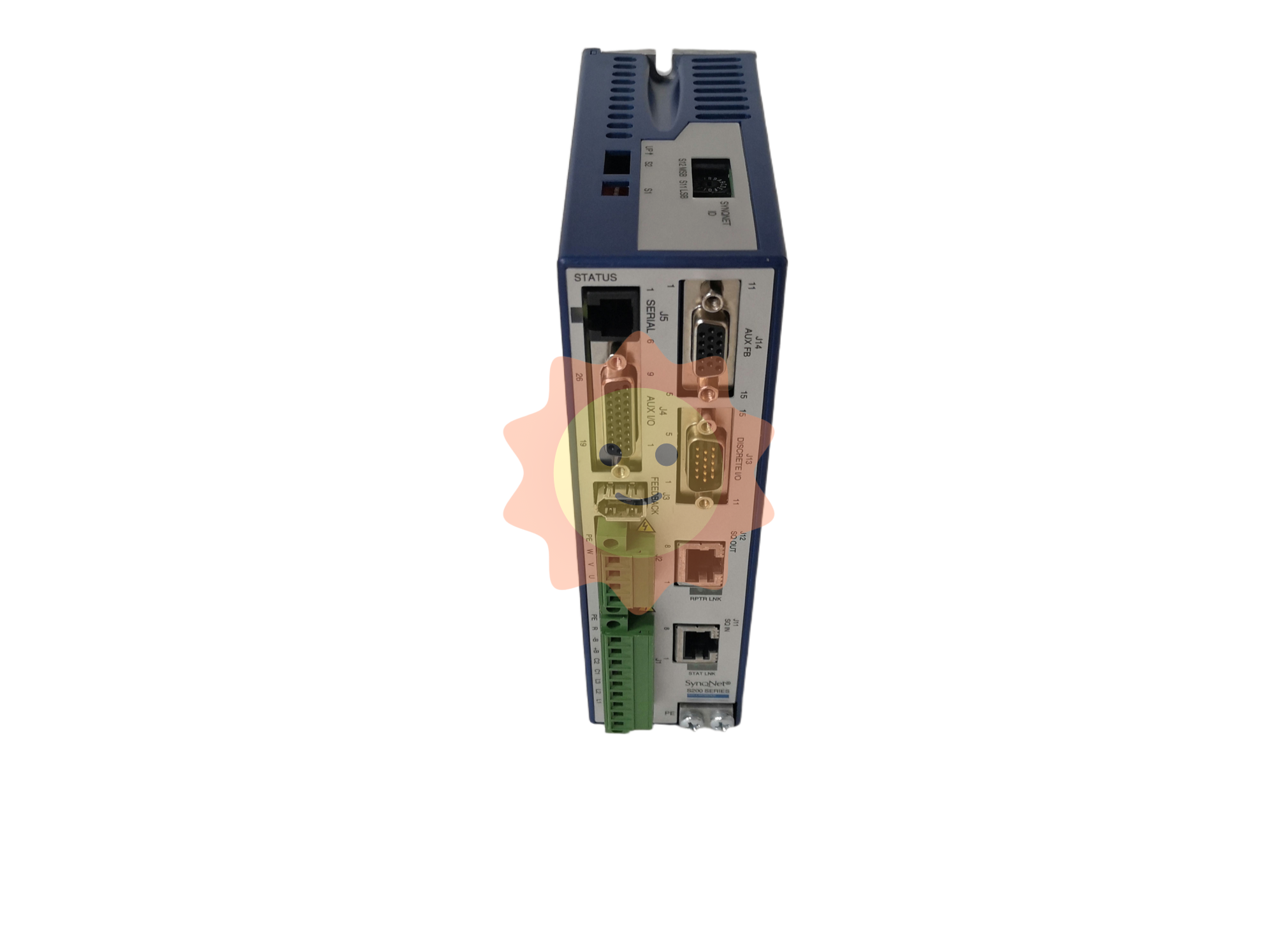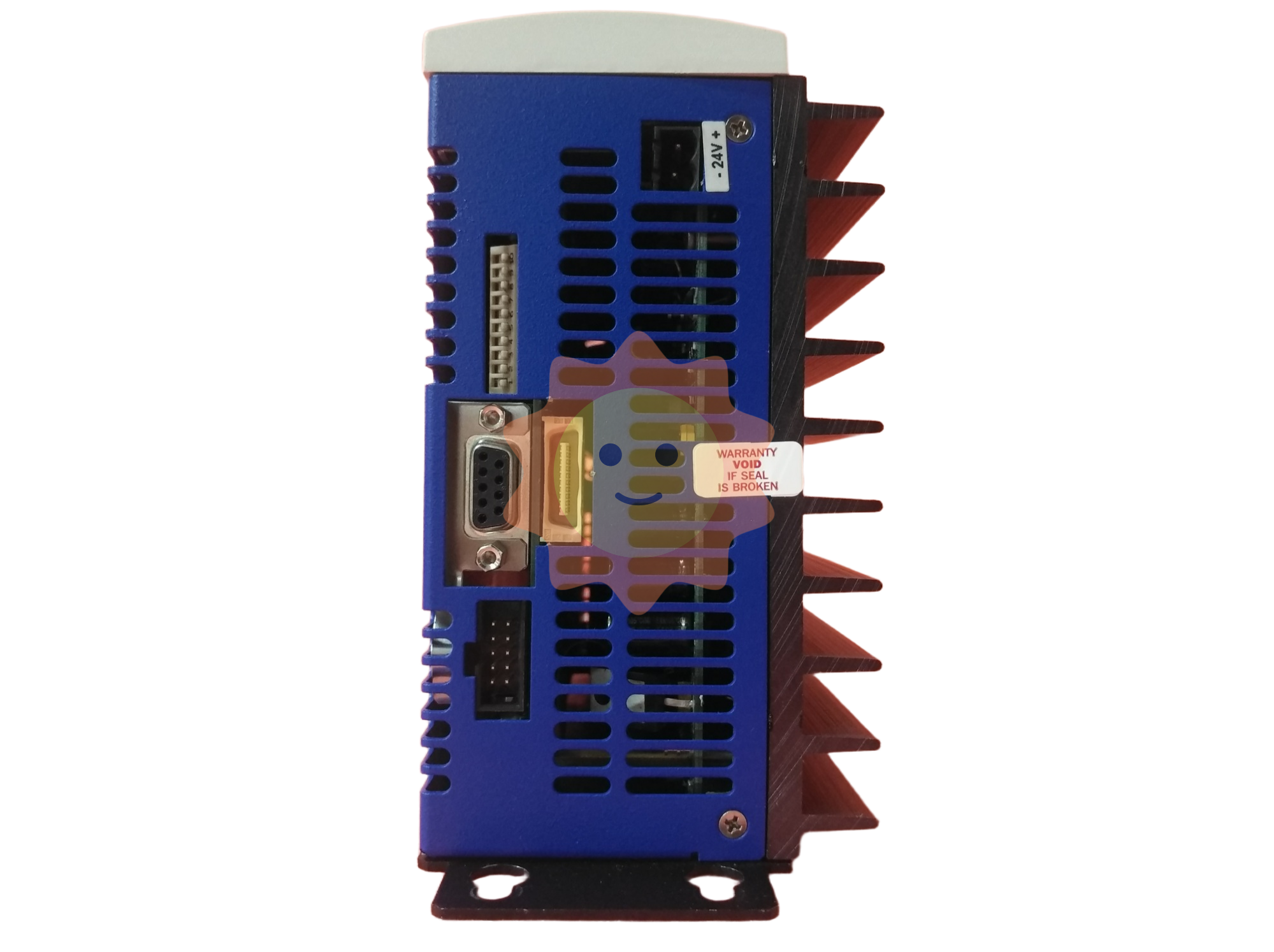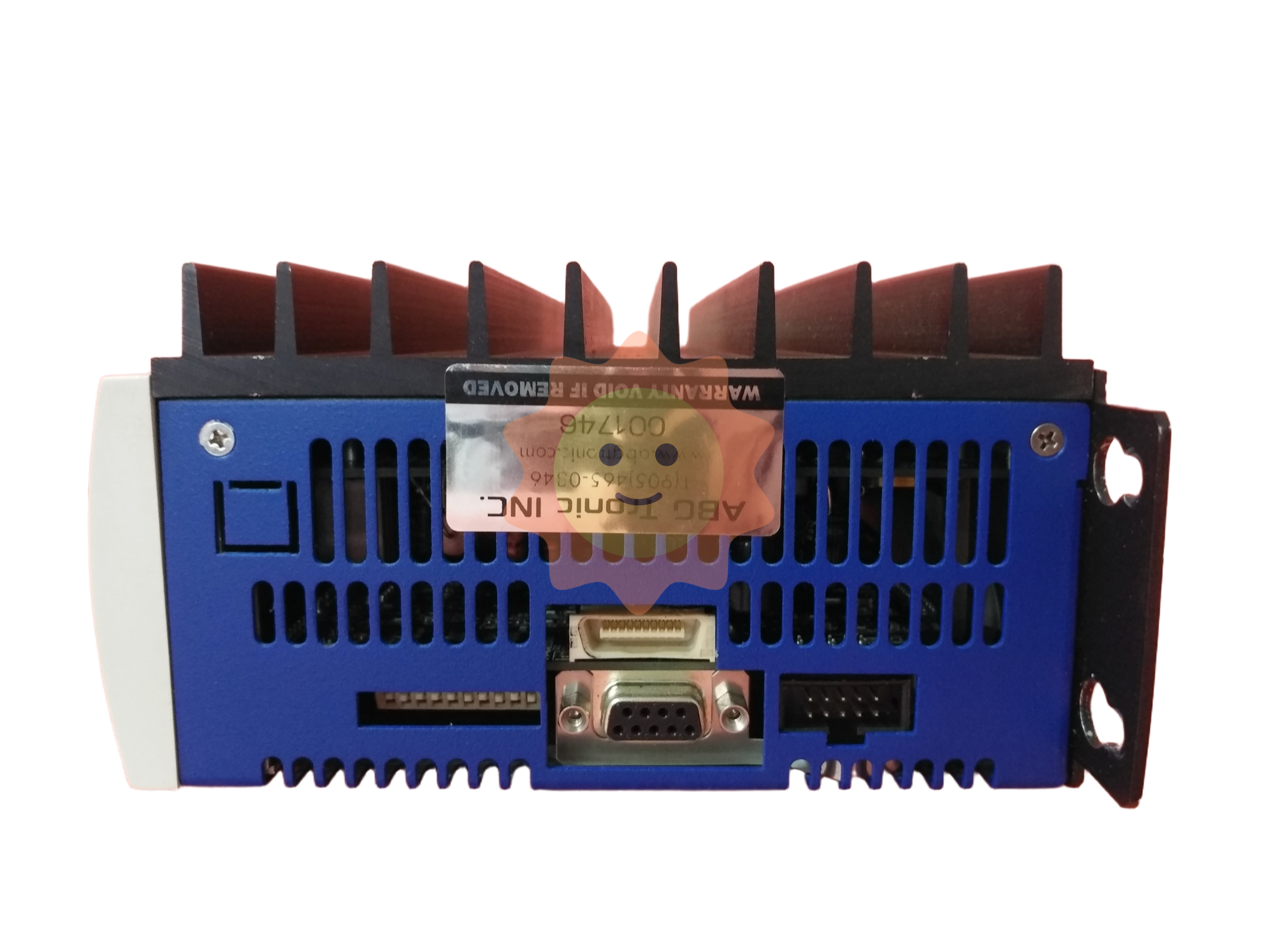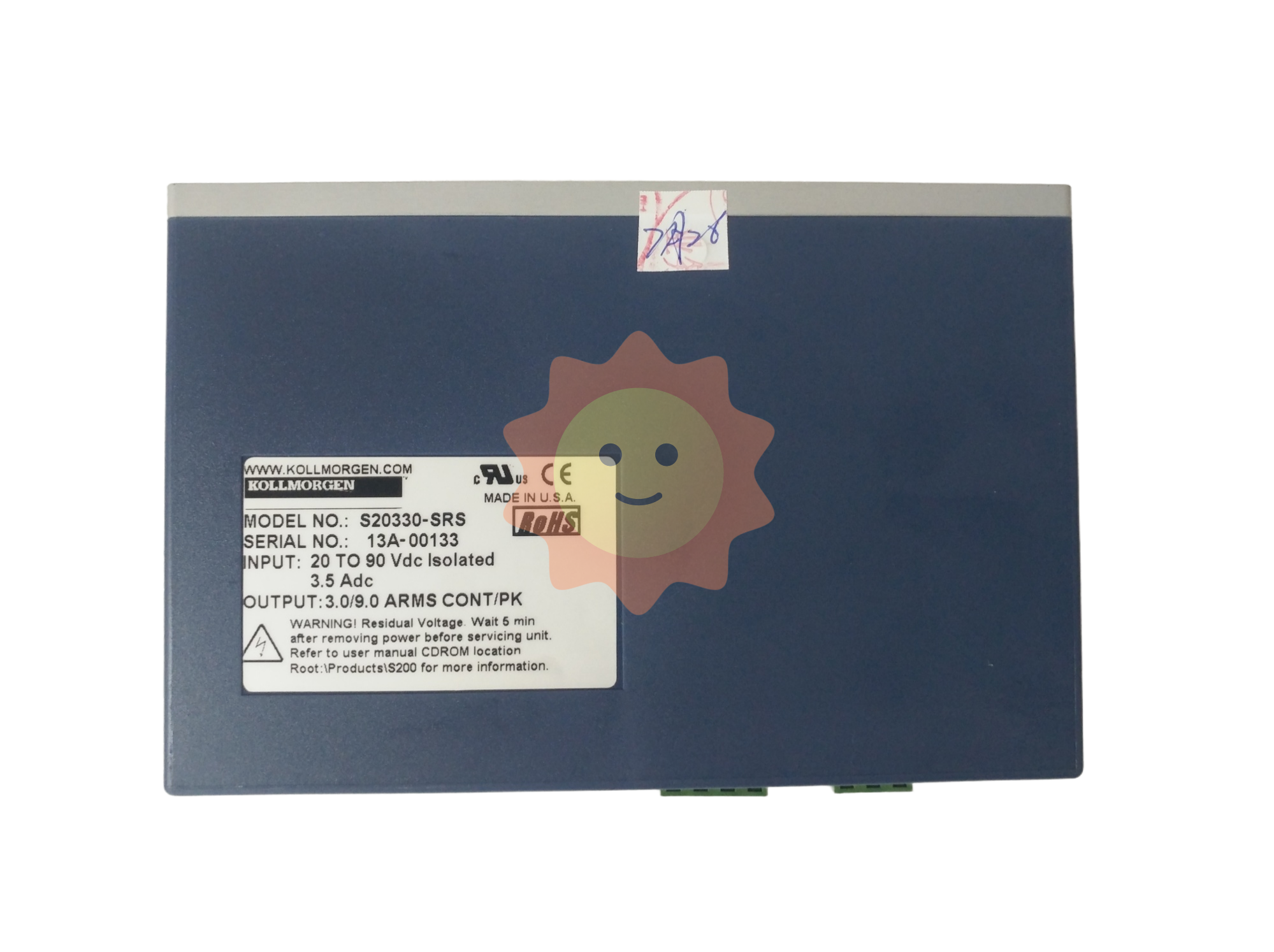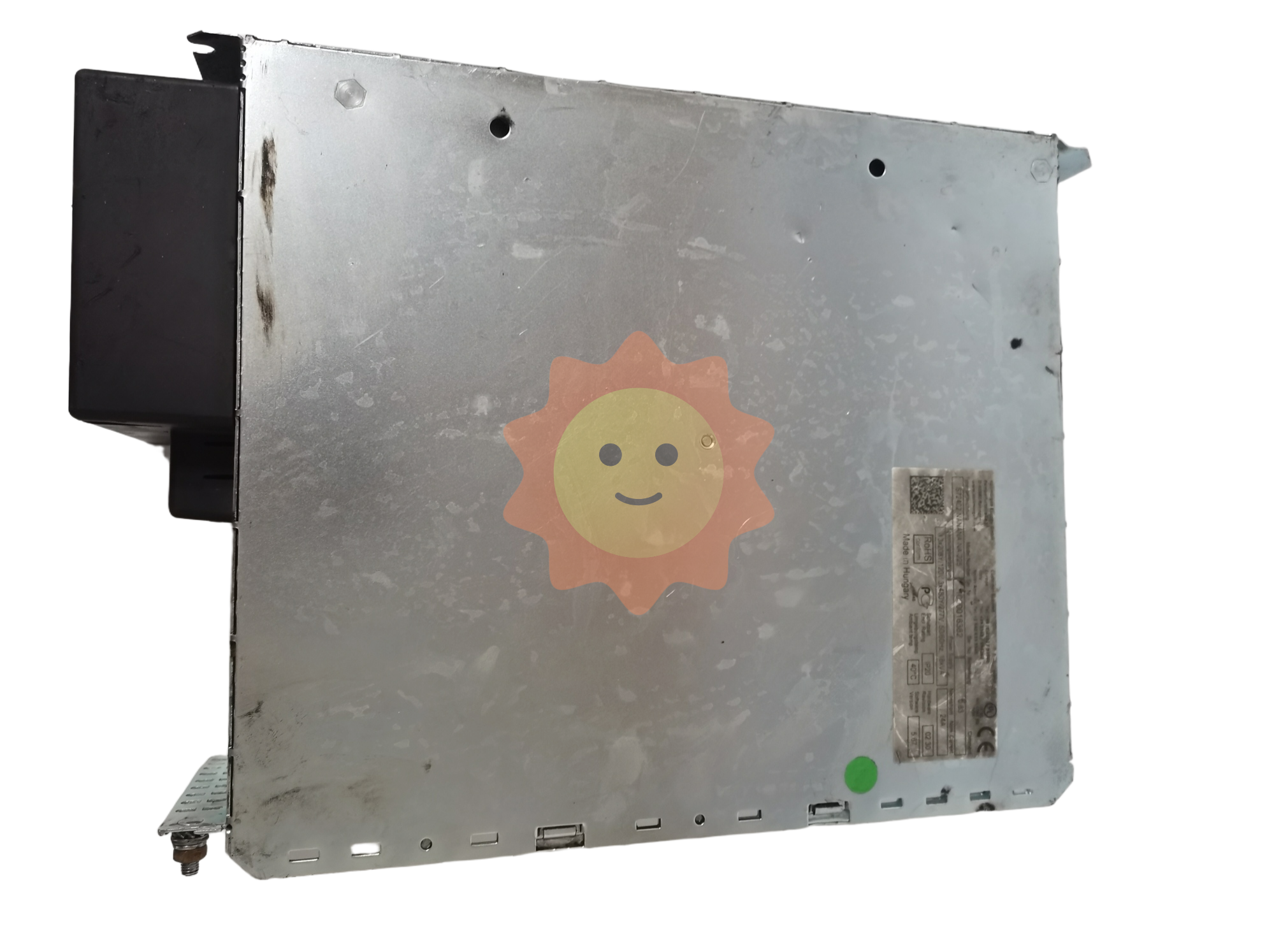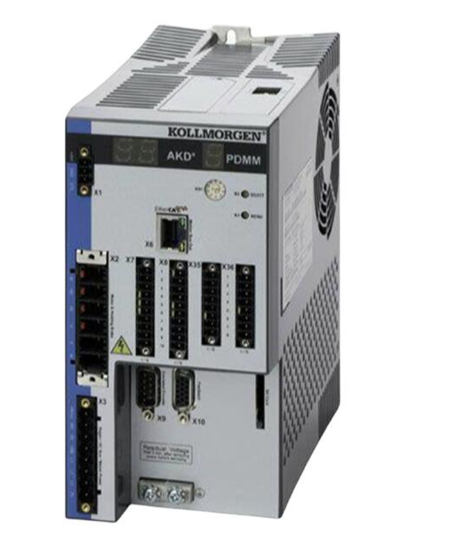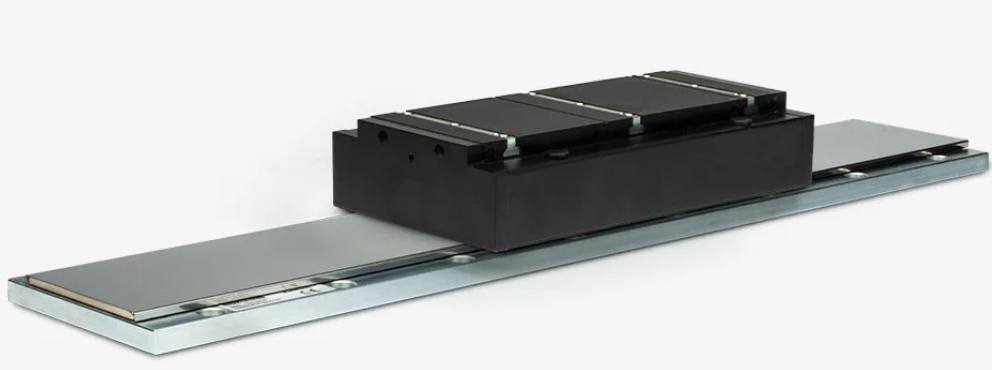Walmart is not in love with Dada, but with the last mile
Jingdong certainly will not ignore the logistics problem, Shen Haoyu as CEO of Jingdong Mall said, Sam's Club e-commerce orders by the clerk in the supermarket to pick up and then send, the future hopes to store goods in Jingdong warehouse, covering 2000 kinds of SKUs (excluding fresh).
However, when Jingdong undertakes more and more FMCG orders, its unit price is lower, the weight is large, and the higher fulfillment cost compared with 3C digital is also a headache for Jingdong. Liu Qiangdong said that Jingdong's current average performance cost per order of FMCG products increased, which has a lot to do with the different warehouses of FMCG products in the same city. This means a high unorder rate, resulting in multiple deliveries for one order.

Higher delivery fees have always been the bulk of Jingdong's expenses. Taking Q2 2016 as an example, Jingdong's gross profit margin was 14.9%, and fulfillment costs (mainly warehousing and logistics) accounted for 7.8%. Taking the calculation of excluding 373.4 million virtual goods and 5.1 billion fulfillment costs, each logistics cost is about 13 yuan, but if the order contains non-Jingdong delivery POP business, it will be higher. While its warehousing and logistics costs account for nearly half, Liu Qiangdong said that the distribution cost accounts for 80% of the logistics part (compared with 40% of third-party express delivery), so it can be estimated that the distribution cost accounts for about 3% of revenue, that is, about 5 yuan.
If we vertically list the proportion of JD's fulfillment costs to revenue from 2014 to now, we will find that the key is to continuously build warehouses and recruit delivery personnel (currently 64,000 people) instead of decreasing. However, in 2016, the capital market attached great importance to the problem of Jingdong's unprofitability, and some people questioned that the financial report did not show the effect of scale to reduce logistics costs. If you can make an article in this 3%, it will be very effective.
In other words, if Dada can reduce the normal delivery cost to 3 yuan, it can reduce Jingdong's delivery fee by 40%. Of course, in the B2C system, the service experience of crowdsourcing logistics is not as high as that of self-support, and it is initially more used to solve the problem of sudden increases in orders. Double 11 is approaching, opening the Dada APP will pop up "30 orders can be received at a time... The daily income can reach 500 yuan "registration advertisement.
In addition, Dada's city delivery business is currently based on 2B (it has also launched 2C business in Shanghai), and it must also try to undertake Jingdong's third-party sellers' orders in the city. As for whether B2C distribution business has been normalized and how much, New Dada did not disclose to 36kR.
The word "last kilometer" is hot with the rise of e-commerce and O2O, leading to countless heroes. From express delivery, warehouse distribution integration to crowdsourcing O2O, has gone through countless homogenization competition, spawned several familiar companies, units to share bicycles will become a distribution tool? Will delivery robots and drones not replace deliverers? The search for it is still ongoing.
- EMERSON
- Honeywell
- CTI
- Rolls-Royce
- General Electric
- Woodward
- Yaskawa
- xYCOM
- Motorola
- Siemens
- Rockwell
- ABB
- B&R
- HIMA
- Construction site
- electricity
- Automobile market
- PLC
- DCS
- Motor drivers
- VSD
- Implications
- cement
- CO2
- CEM
- methane
- Artificial intelligence
- Titanic
- Solar energy
- Hydrogen fuel cell
- Hydrogen and fuel cells
- Hydrogen and oxygen fuel cells
- tyre
- Chemical fiber
- dynamo
- corpuscle
- Pulp and paper
- printing
- fossil
- FANUC
- Food and beverage
- Life science
- Sewage treatment
- Personal care
- electricity
- boats
- infrastructure
- Automobile industry
- metallurgy
- Nuclear power generation
- Geothermal power generation
- Water and wastewater
- Infrastructure construction
- Mine hazard
- steel
- papermaking
- Natural gas industry
- Infrastructure construction
- Power and energy
- Rubber and plastic
- Renewable energy
- pharmacy
- mining
- Plastic industry
- Schneider
- Kongsberg
- NI
- Wind energy
- International petroleum
- International new energy network
- gas
- WATLOW
- ProSoft
- SEW
- wind
- ADVANCED
- Reliance
- YOKOGAWA
- TRICONEX
- FOXBORO
- METSO
- MAN
- Advantest
- ADVANCED
- ALSTOM
- Control Wave
- AB
- AMAT
- STUDER
- KONGSBERG
- MOTOROLA
- DANAHER MOTION
- Bently
- Galil
- EATON
- MOLEX
- Triconex
- DEIF
- B&W
- ZYGO
- Aerotech
- DANFOSS
- KOLLMORGEN
- Beijer
- Endress+Hauser
- MOOG


Email:wang@kongjiangauto.com

